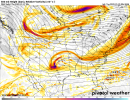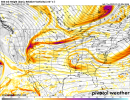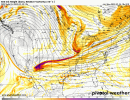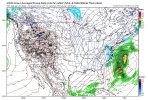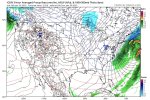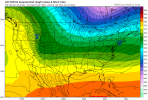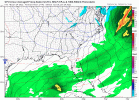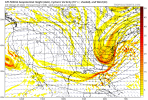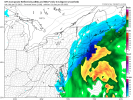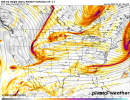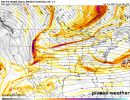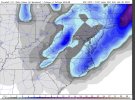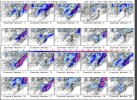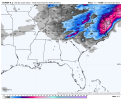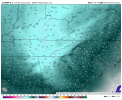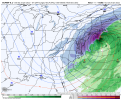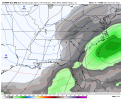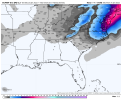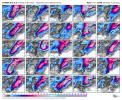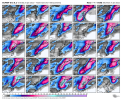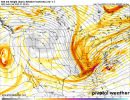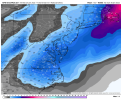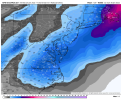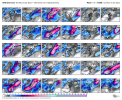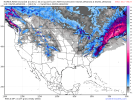It was interesting looking back at the 12z GFS from 1/20, one of the monster solutions, which i think was maybe the first one? You have essentially 5 different areas of energy that all connected to bring about the superstorm.
You can see them here in the first image. There is ridging along the west coast and ridging out ahead of the energy diving in, over the east coast.
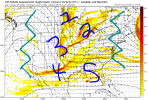
Now notice the Rgem tonight for the same period. I picked the same time for continuity, but I realize the timing has changed a little bit. So while it's not exactly apples to apples, it still suffices to show the differences.
In the second image, you see really only 3 areas of energy. There is still ridging along the west coast but the flow is flat out ahead of the diving energy.
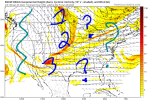
It's easy to see the difference in what would go on to create history vs what will likely go on to create a run of the mill low pressure, at least for our area. Neither example holds the energy back on the SW.
So which solution is right? Either? Neither? Who knows. But if you're chasing the big dog, it's good to know what he looks like.

